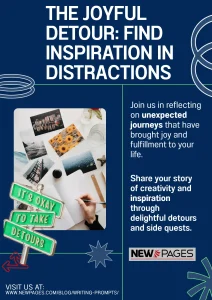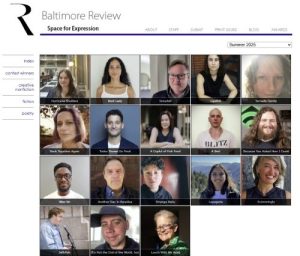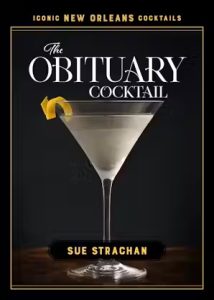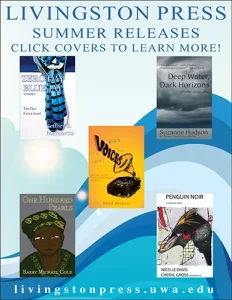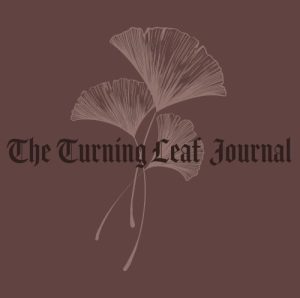
While the colloquial phrase to turn over a new leaf essentially means to seek out a fresh start, something new, for The Turning Leaf Journal, “change” is both a theme for the journal’s content as well as a publishing philosophy.
Offering two, open access issues each year (June, December), The Turning Leaf Journal publishes creative nonfiction, poetry, hybrid works, and art “that explore the turning over of a new leaf through life’s entrances, exits, seasons, formation, and destruction. This journal is a space to explore the uncomfortable, the things most usually run away from.”
“Change is the prompt for all of the work submitted to us,” says Editor-in-Chief Megan Eralie-Henriques, “but it is also the reason we started The Turning Leaf. As an undergrad, I felt disenchanted by the idea of publishing because of all the secrecy I saw. There was so much I didn’t understand, and I felt like no one was willing to talk about what it was really like to get involved with a journal. I wanted to know how competitive a journal is – show me the numbers! Tell me what a 3% acceptance rate really means. Were there a thousand submissions, or fifty? Transparency is something we really value at TTLJ and strive to always practice because we think you deserve to know. In my early attempts to publish my own work it would have completely altered my confidence to know just how many submissions my work was competing against.”
Continue reading “New Lit on the Block :: The Turning Leaf Journal”
